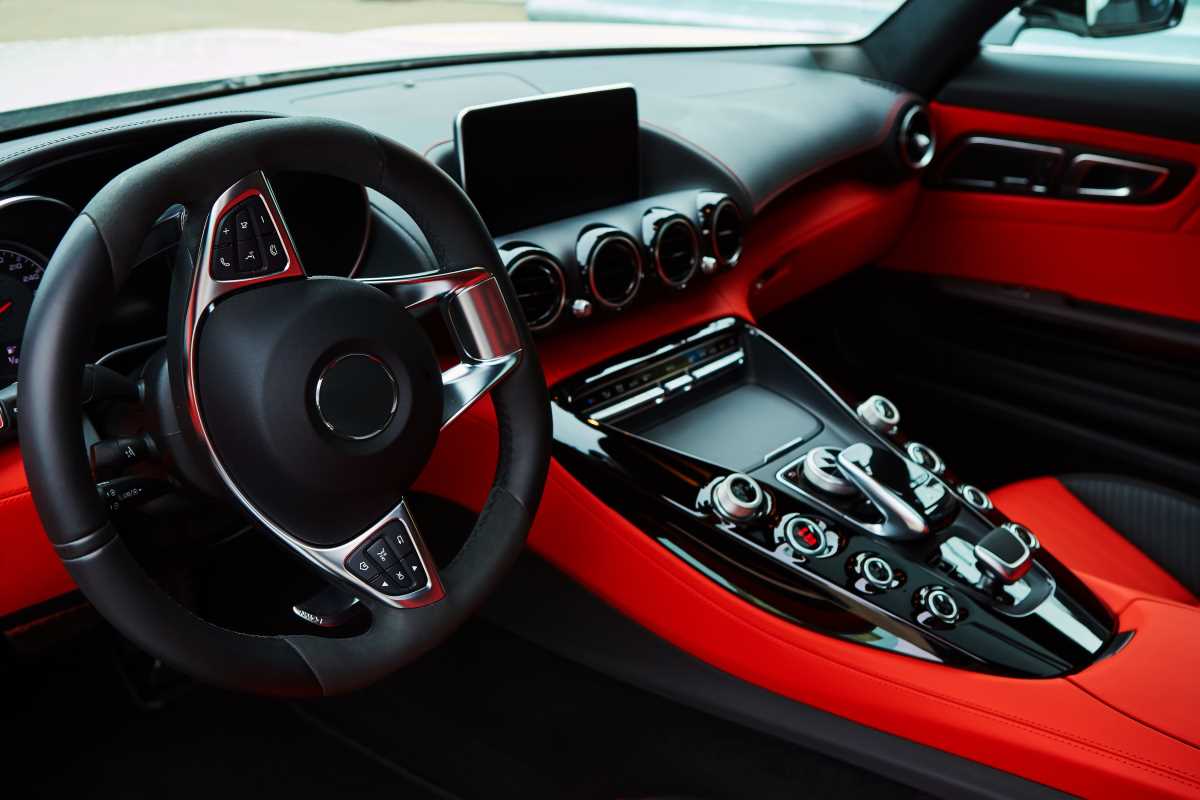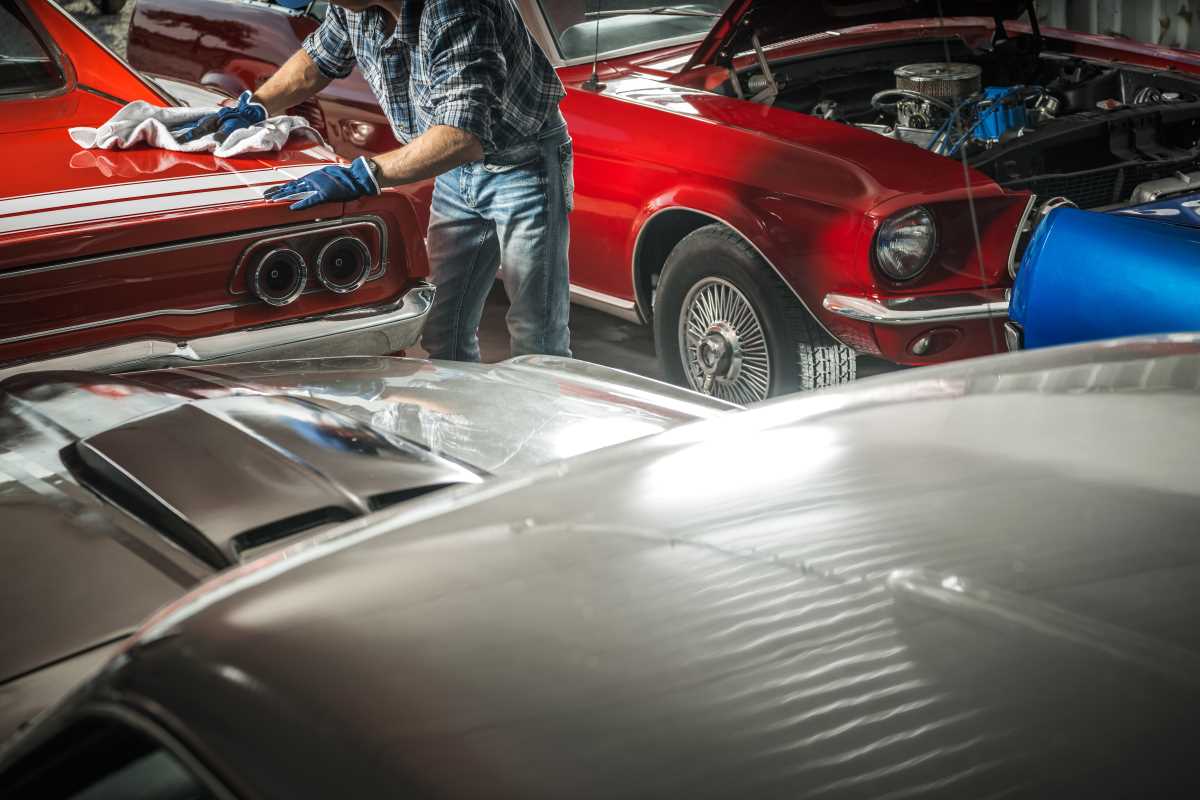Bringing a classic car’s interior back to its former glory offers a deeply satisfying experience, allowing you to reconnect with the style and legacy of a bygone era. Each stitch in the upholstery, every polished dashboard, and the careful restoration of vintage features help preserve the character that sets these vehicles apart. Restoring an interior requires patience, attention to detail, and a true appreciation for the artistry that defines classic automobiles. As you carefully clean, repair, and replace each component, you honor the original design while making the space inviting and functional once again. This journey celebrates the rich heritage woven into every corner of a classic car’s cabin.
Taking on this project means balancing the desire to update worn-out features with respect for the original design. It is a journey that involves making careful decisions about which aspects to restore and which to replace. Each decision shapes the overall feel of the interior, turning it into a living memory of a bygone era with modern comforts subtly woven in. Detail-oriented tips and actionable steps can guide you safely through this restoration adventure.
Understanding the Value of Original Classic Car Interiors
Original interiors in classic cars hold a special place in automotive history. They represent the design language and cultural influences of their time. When you keep the authenticity intact, you continue to honor the heritage embedded in every stitch and surface. Many collectors and enthusiasts appreciate these vintage touches since they tell a rich story about the car’s past and the era it represents.
Preserving the authentic interior means paying attention to details that modern updates might overshadow. It is about recognizing the craftsmanship and unique styles that manufacturers like *Chevrolet* or *Ford* once put into their designs. Restoring these interiors with originality in mind makes for an experience that is both emotionally rewarding and technically satisfying, as you revive classic aesthetics while keeping the charm of history alive.
Assessing the Condition: What Needs Restoring?
Before you begin restoration, it is crucial to assess every part of the interior. Inspect all areas of the cabin to determine which parts need restoration, repair, or complete replacement. Look for worn-out seats, faded dashboards, cracked trim, and stained carpeting. A careful survey helps in planning a budget and schedule for the project. It also reveals the level of work required to maintain the car’s original personality while improving functionality.
Examining the condition of the interior gives you valuable insights. You will notice that some parts might only need a simple cleaning and minor repair, while others could require more in-depth work. Taking detailed notes and photos helps you track improvements. This step-by-step assessment makes the restoration process less overwhelming and ensures that every necessary action is accounted for.
Choosing Authentic Materials and Methods
Selecting the right materials is key to maintaining the original feel of a classic car. Options like genuine leather, period-correct vinyl, or durable fabric can mirror what was used in the past. It is essential to weigh the benefits of each, as well as their limitations. Your choices should respect the authenticity of the vehicle while offering durability for long-term use.
Restoration enthusiasts often compare materials to determine the best fit for their projects. Matching modern substitutes with classic aesthetics demands careful consideration of texture, color, and longevity. Below are some commonly used restoration materials along with their pros and cons:
- Genuine Leather:Pros: Timeless look, durability, and breathability.
- Cons: Can be expensive and may require regular maintenance.
- Period-Correct Vinyl:Pros: Often more affordable, replicates the look of original interiors, and is available in a range of colors.
- Cons: Less breathable than leather and might not age as gracefully.
- High-Quality Fabric:Pros: Versatile, cost-effective, and can be chosen to match specific period details.
- Cons: May wear out faster and might not hold up to the same level of daily use as harder materials.
Step-by-Step Guide to Restoring Key Interior Features
Focusing on individual elements like seats, dashboards, and trim can streamline your restoration efforts. Setting clear, actionable steps provides a roadmap to follow, ensuring that each element receives the attention it deserves. By tackling one area at a time, you can maintain precision without overwhelming the project with simultaneous tasks.
This step-by-step guide breaks down the process into manageable tasks. Whether you are a beginner or an experienced restorer, following clear instructions helps preserve the original charm of each feature while improving overall functionality. Here’s how to approach restoring the key interior features:
- Seats:Begin by carefully cleaning the fabric or leather. Use gentle cleaners that respect the original material. Next, repair any tears or loose stitching and consider applying a treatment that restores suppleness without changing the original look. Finally, reseat the components and test for comfort and durability.
- Dashboard:Start with a detailed inspection to check for faded areas, cracks, or worn-out finishes. Sand lightly to remove rough patches, then apply a compatible refinishing agent that continues the era-specific look of the dashboard. Ensure that all gauges and knobs are reinstalled in a way that respects the original layout of the controls.
- Trim:Examine the condition of wooden or vinyl trim pieces. Replace any missing parts with period-accurate pieces if available. For wooden trims, consider a light sanding followed by the application of matching stains or oils. Vinyl trims might only require reconditioning with a suitable restorer that leaves them looking vibrant and authentic.
Modern Touches That Preserve Classic Charm
Adding modern conveniences into a classic car interior does not mean stripping away its character. Think about tools and accessories that offer improved comfort but mimic the original designs. Slight modifications, when executed carefully, can enhance usability without drawing attention away from the historical elements that define the car's personality.
For example, consider upgrading the audio system with a compact, high-quality setup that blends seamlessly into the old dashboard style. Small details like these allow you to enjoy modern functionality while keeping the retro vibe intact. This approach ensures that the improvements complement rather than overwhelm the classic aesthetics.
This restoration journey honors the original spirit of your car while embracing new comforts. Every step you take pays tribute to the design of the past, ensuring that the vehicle remains a timeless masterpiece for many years to come.
These steps maintain the vintage charm while introducing modern practicality without compromising the original character.







